The Aces of Christmas 1931
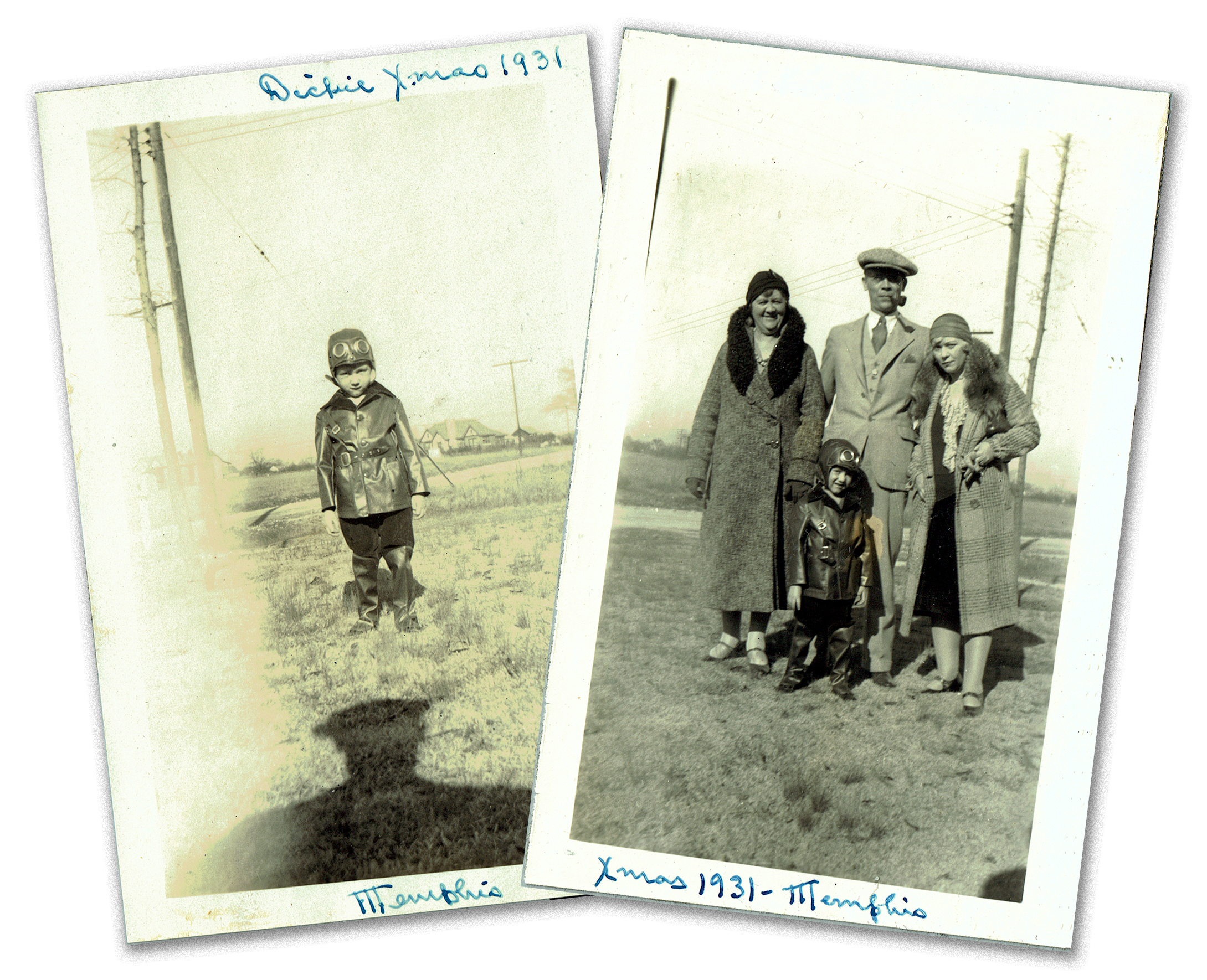
WHILE browsing through eBay a couple months ago, I came upon these two snapshots from a family’s Christmas in Memphis 1931. What caught my eye was the little boy all dressed up as a WWI ace with leather jacket, aviator’s cap with goggles, and some sort of tall leather boots(?)! It got me thinking about what stories that boy could have been reading that rather mild, snowless December in Memphis.
So this month we’ll be featuring stories published in the December 1931 issues of Aces, Sky Birds, War Aces and War Birds, by some of our favorite authors—Arch Whitehouse, O.B. Myers, Frederick C. Painton, Frederick C. Davis, Donald E. Keyhoe, and George Bruce—as well as a couple new or seldom seen authors to our site—Elliot W. Chess, Edgar L. Cooper, and Robert Sidney Bowen.
Looking at that impressive list, you may be wondering where a few of our most often posted authors are. Authors like Ralph Oppenheim, Harold F. Cruickshank, Lester Dent and Joe Archibald. That’s a bit of good news/bad news. The good news, we’ve already posted the stories Ralph Oppenheim (“Lazy Wings”) and Lester Dent (“Bat Trap”) had in the December 1931 War Aces; the bad, I don’t have the December 1931 issues of Wings featuring George Bruce, F.E. Rechnitzer and Edwin C. Parsons or Flying Aces with Keyhoe, Archibald, George Fielding Eliot, Alexis Rossoff, and William E. Poindexter. And as for Cruickshank—he didn’t have a story in any of the air pulps that month.
With that in mind—and since it’s Monday, let’s get the ball rolling with the covers of Christmas 1931!
|
|
|
|
|
|
|
|
|
|
|
|
|
|
Come back on Wednesdays and Fridays this month for some of the great fiction from these issues!





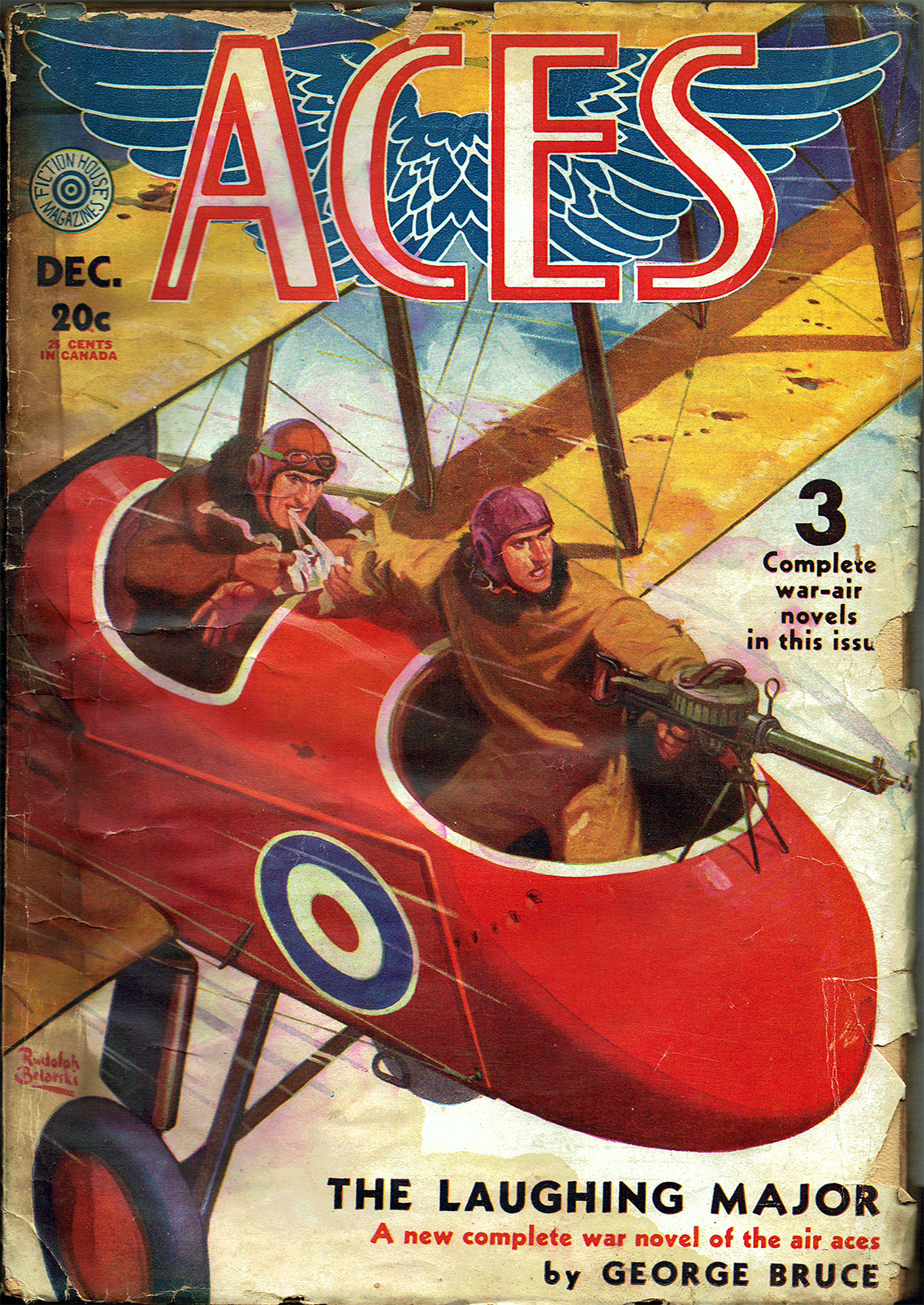
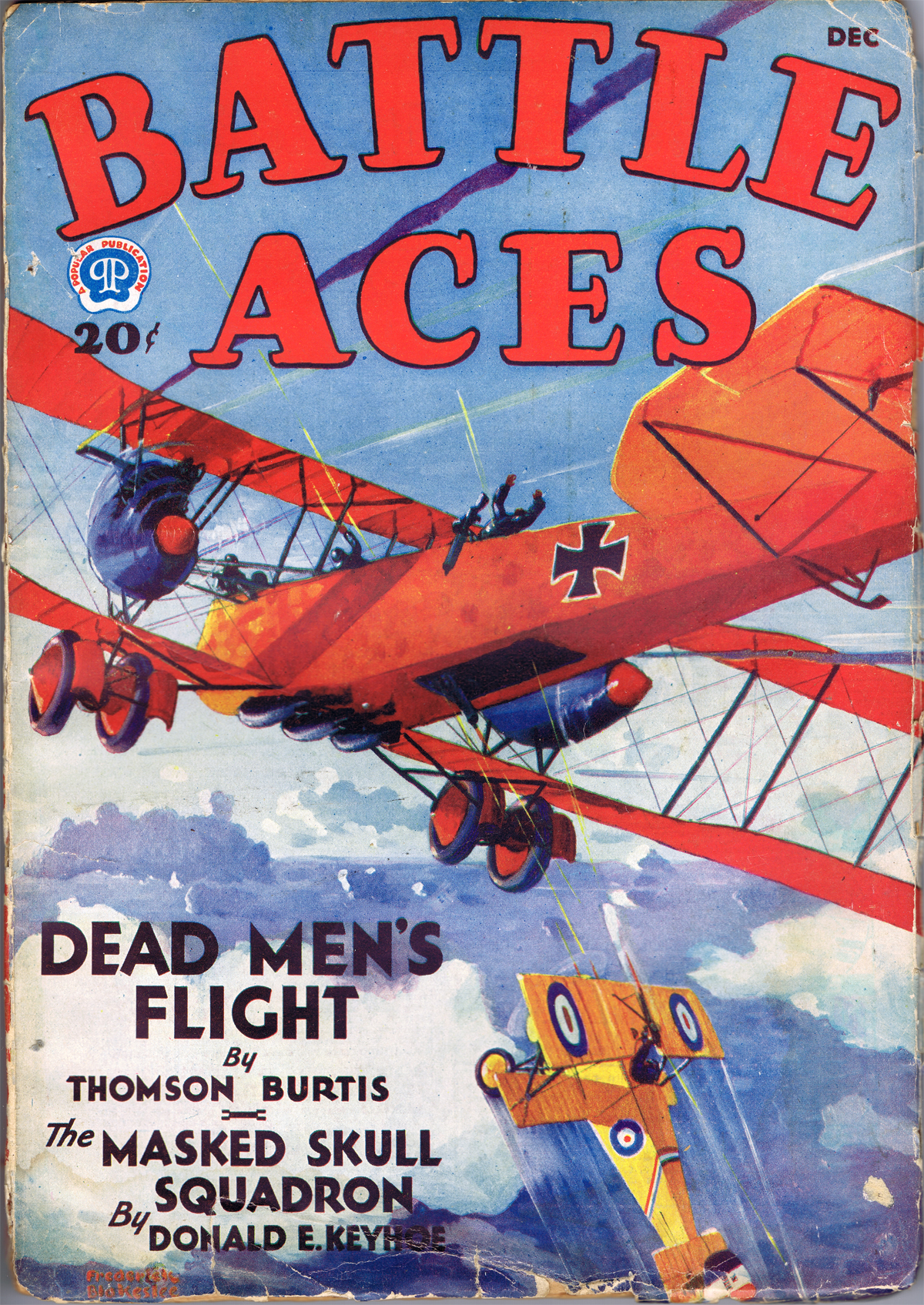
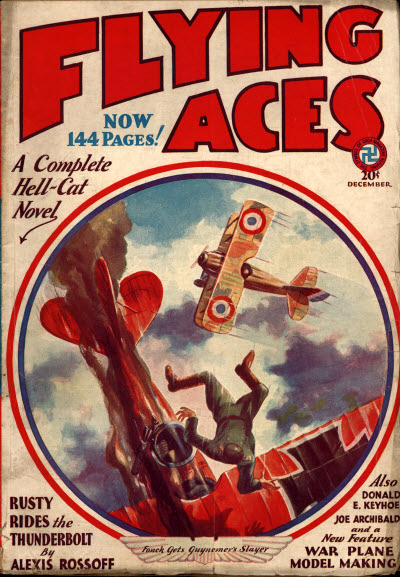

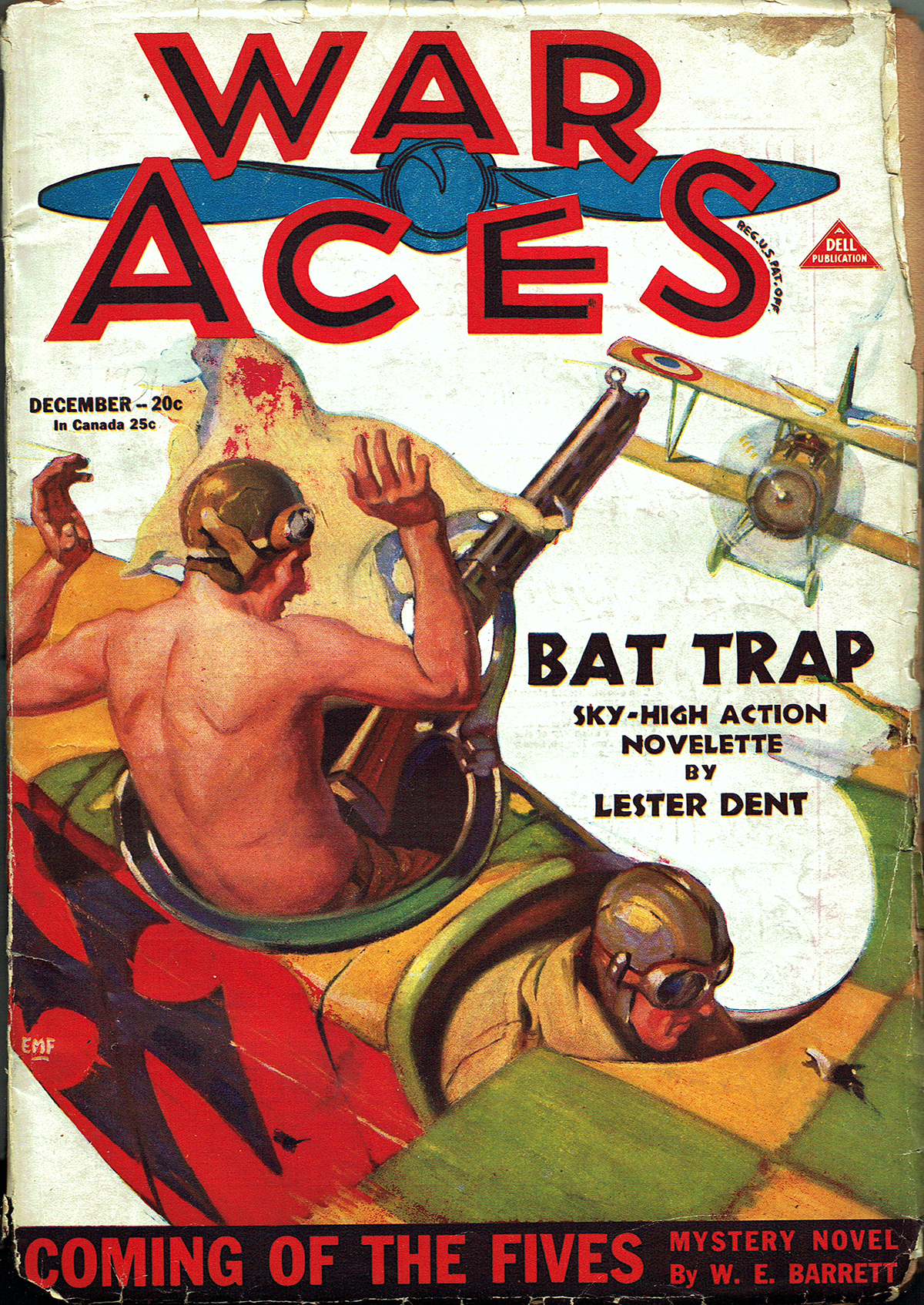
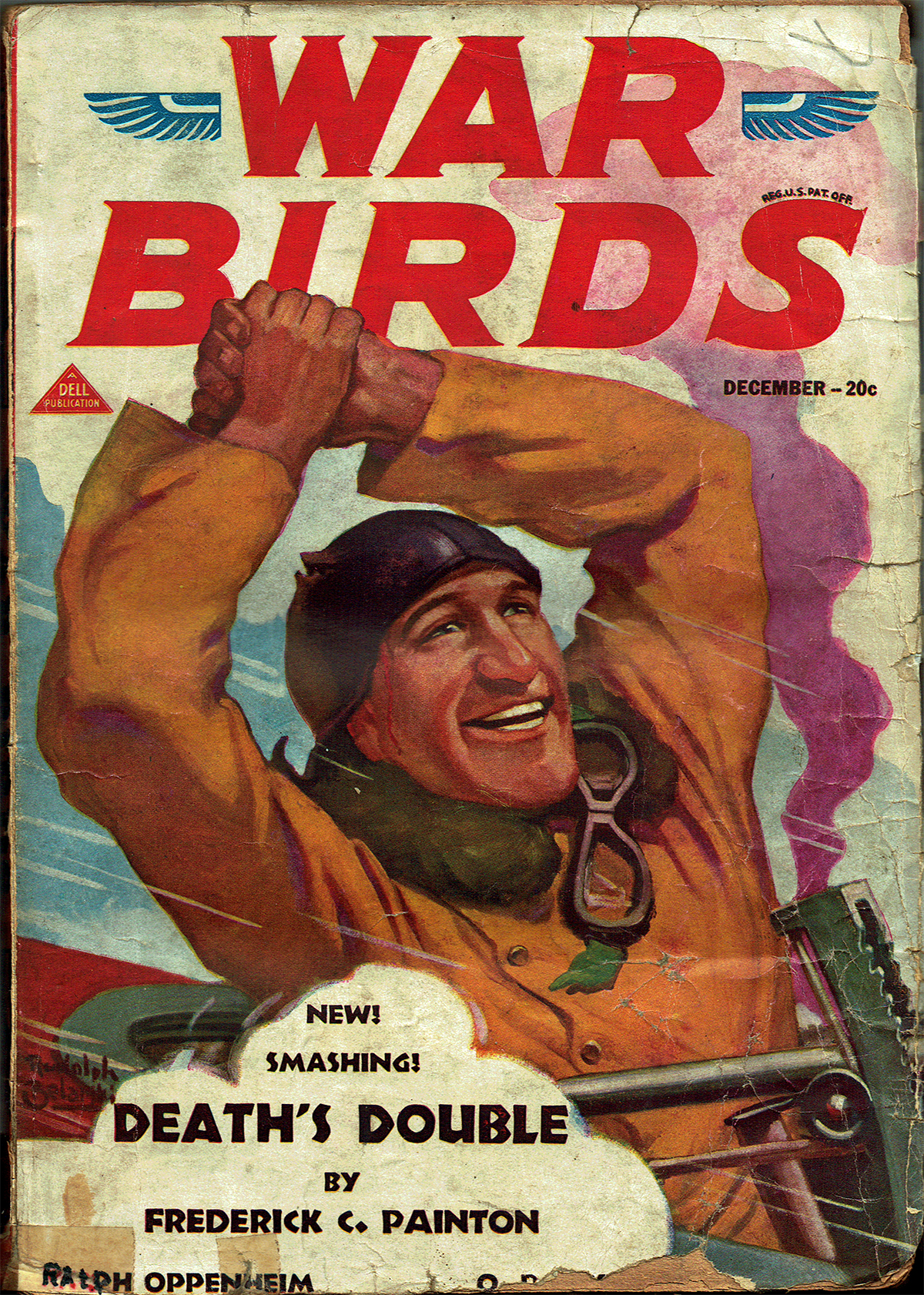
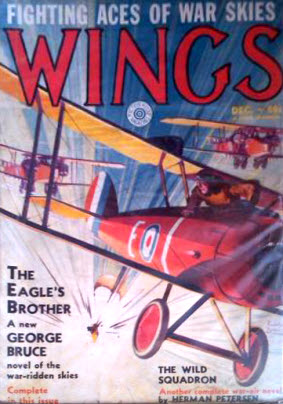
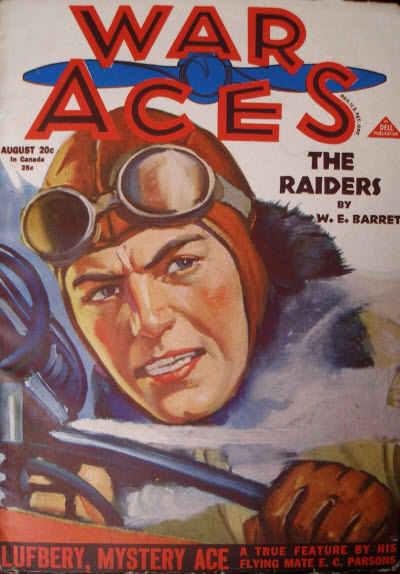 the greatest British offensive of the war got under way. A blazing line of steel whipped across France and into Belgium; from Croiselles to Loos, from Ypres to the Nieuport Canal and to the sea. Under the greatest artillery barrage in the history of the world a grim horde of muddy infantry hit the Hindenburg Line.
the greatest British offensive of the war got under way. A blazing line of steel whipped across France and into Belgium; from Croiselles to Loos, from Ypres to the Nieuport Canal and to the sea. Under the greatest artillery barrage in the history of the world a grim horde of muddy infantry hit the Hindenburg Line.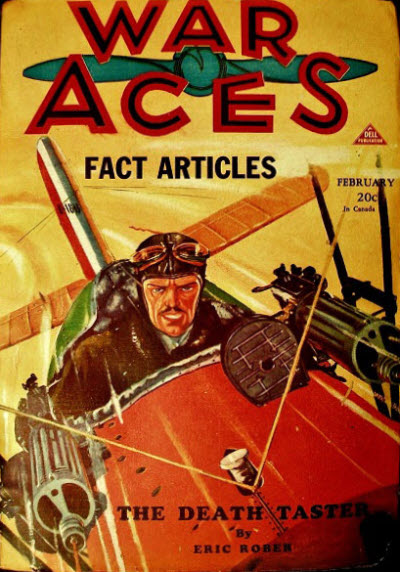 probably the only one of his kind in existence. Accidental aces there were aplenty in that big he war, but there was nothing accidental about Memphis Mason’s accomplishment. It was planned with an attention to detail that would do credit to a brigadier and it was attested by five of the finest fighters in the R.A.F. Those signatures are at the root of Mason’s secret sorrow to-day. At the foot of a square sheet of note-paper they bear flourishing witness to the fact that the signers witnessed the bringing down of five German planes by one Memphis Mason. Not one of those signers would have lied for anyone. They were officers and gentlemen and they saw what they said they saw. Yet, strangely enough, Memphis Mason never reached France. Therein lies a tale; one of the oddest tales to come out of the war and one that has never been told until this telling.
probably the only one of his kind in existence. Accidental aces there were aplenty in that big he war, but there was nothing accidental about Memphis Mason’s accomplishment. It was planned with an attention to detail that would do credit to a brigadier and it was attested by five of the finest fighters in the R.A.F. Those signatures are at the root of Mason’s secret sorrow to-day. At the foot of a square sheet of note-paper they bear flourishing witness to the fact that the signers witnessed the bringing down of five German planes by one Memphis Mason. Not one of those signers would have lied for anyone. They were officers and gentlemen and they saw what they said they saw. Yet, strangely enough, Memphis Mason never reached France. Therein lies a tale; one of the oddest tales to come out of the war and one that has never been told until this telling.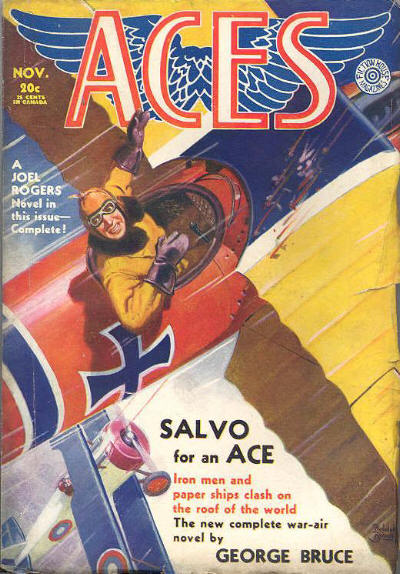 a story by Syl MacDowell! MacDowell is probably best known for his westerns. This time, MacDowell gives us brief tale of the mysterious Black Bat—is he man or beast? From the November 1931 issue of Aces, it’s “The Black Bat.”
a story by Syl MacDowell! MacDowell is probably best known for his westerns. This time, MacDowell gives us brief tale of the mysterious Black Bat—is he man or beast? From the November 1931 issue of Aces, it’s “The Black Bat.”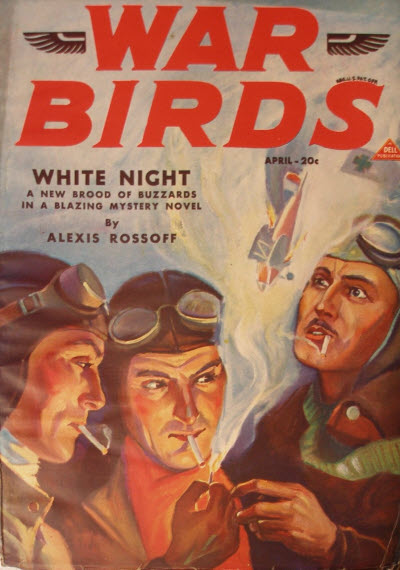 remembered as the man behind
remembered as the man behind 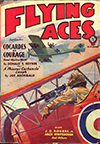

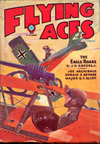

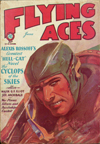

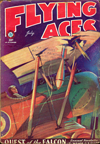
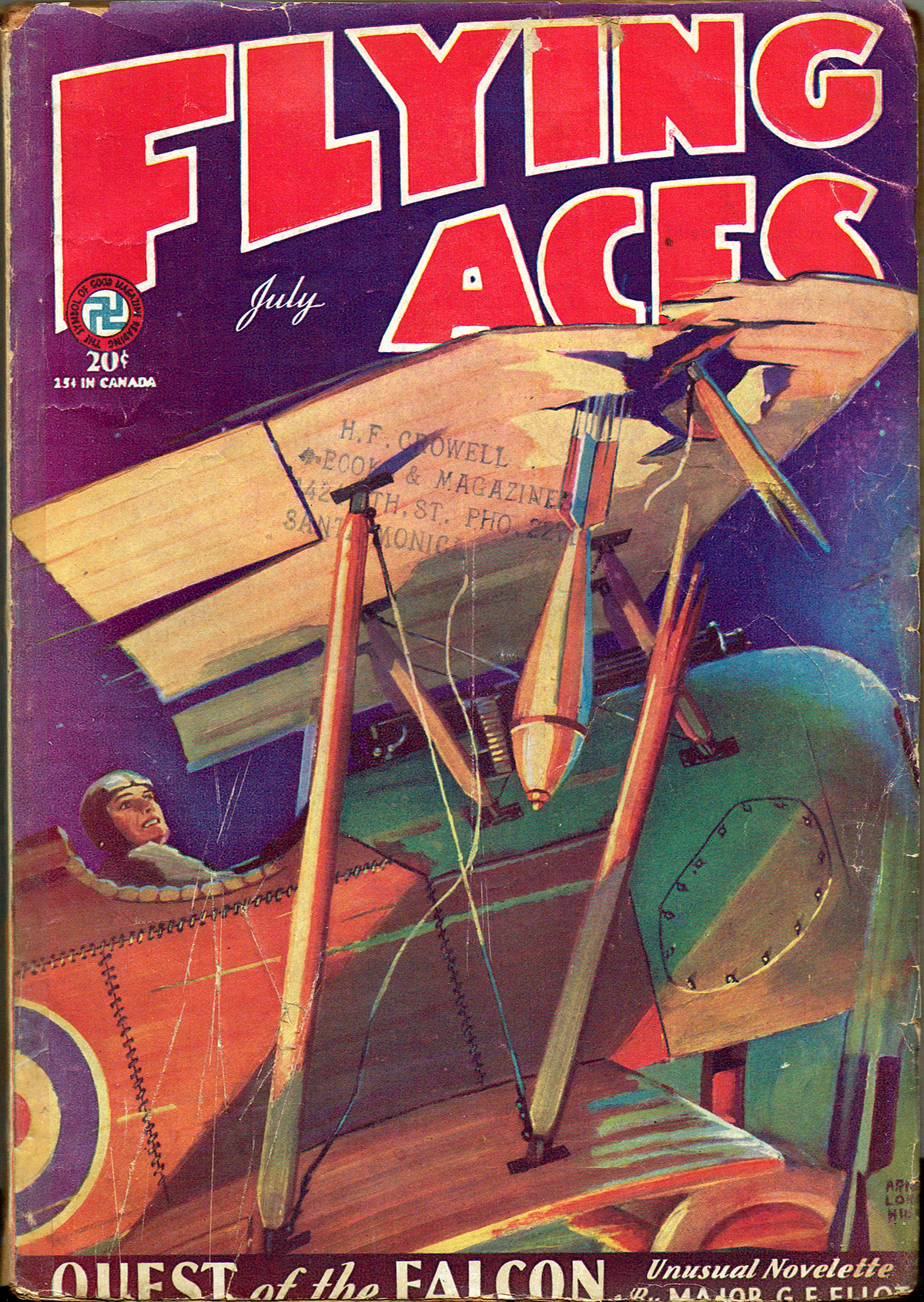
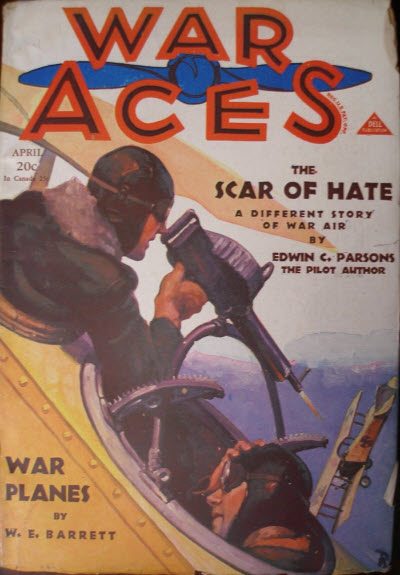 pen of the Navy’s own
pen of the Navy’s own 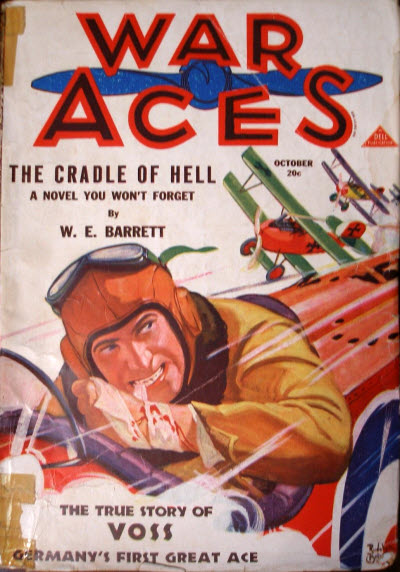 the month we have the story of Captain Jim Fogarty, a Montana Irishman in the service of Britain. He was Youth triumphant, a, veteran of six weeks on the fighting Front, commander of a squadron, and officially credited with victories over sixteen enemy airmen. The twin Ds of Death and Defeat had not touched him—but when it did, they brought him straight down into the cradle of hell and nearly cost him his life!
the month we have the story of Captain Jim Fogarty, a Montana Irishman in the service of Britain. He was Youth triumphant, a, veteran of six weeks on the fighting Front, commander of a squadron, and officially credited with victories over sixteen enemy airmen. The twin Ds of Death and Defeat had not touched him—but when it did, they brought him straight down into the cradle of hell and nearly cost him his life! of Captain Frederick Dietterich who is being relieved of his temporary command as captain and squadron leader to serve under a Prussian, Hauptmann von Kopf. Dietterich was an Alsatian and that had been a handicap. The Imperial Government accepted great service from Alsatians but withheld its trust while accepting them. His reputation on the other side of the line had hurt, too. He had been known as a clean sportsman. H.Q. had frowned at that. It favored officers who were feared. The last touch was his popularity with his men. The men of his jagdstaffel spoke of him as “Fritz”. The Imperial command could not associate authority with familiarity and Dietterich was going back to the flying ranks.
of Captain Frederick Dietterich who is being relieved of his temporary command as captain and squadron leader to serve under a Prussian, Hauptmann von Kopf. Dietterich was an Alsatian and that had been a handicap. The Imperial Government accepted great service from Alsatians but withheld its trust while accepting them. His reputation on the other side of the line had hurt, too. He had been known as a clean sportsman. H.Q. had frowned at that. It favored officers who were feared. The last touch was his popularity with his men. The men of his jagdstaffel spoke of him as “Fritz”. The Imperial command could not associate authority with familiarity and Dietterich was going back to the flying ranks.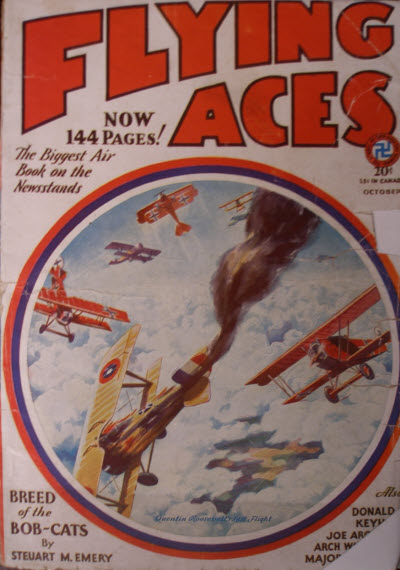 of Jack Kane, a pilot with the 17th Squadron’s C Flight who’s in over his head. Turns out C Flight plays hand after hand of poker in between patrols and young Kane has been doling out I.O.U.s to cover his debts and the time to settle up those debts is fast approaching. Problem is, he doesn’t have the money to cover those I.O.U.s. Kane believes it would be better to perish in battle and die a hero than face disgrace when his debts come due!
of Jack Kane, a pilot with the 17th Squadron’s C Flight who’s in over his head. Turns out C Flight plays hand after hand of poker in between patrols and young Kane has been doling out I.O.U.s to cover his debts and the time to settle up those debts is fast approaching. Problem is, he doesn’t have the money to cover those I.O.U.s. Kane believes it would be better to perish in battle and die a hero than face disgrace when his debts come due!
